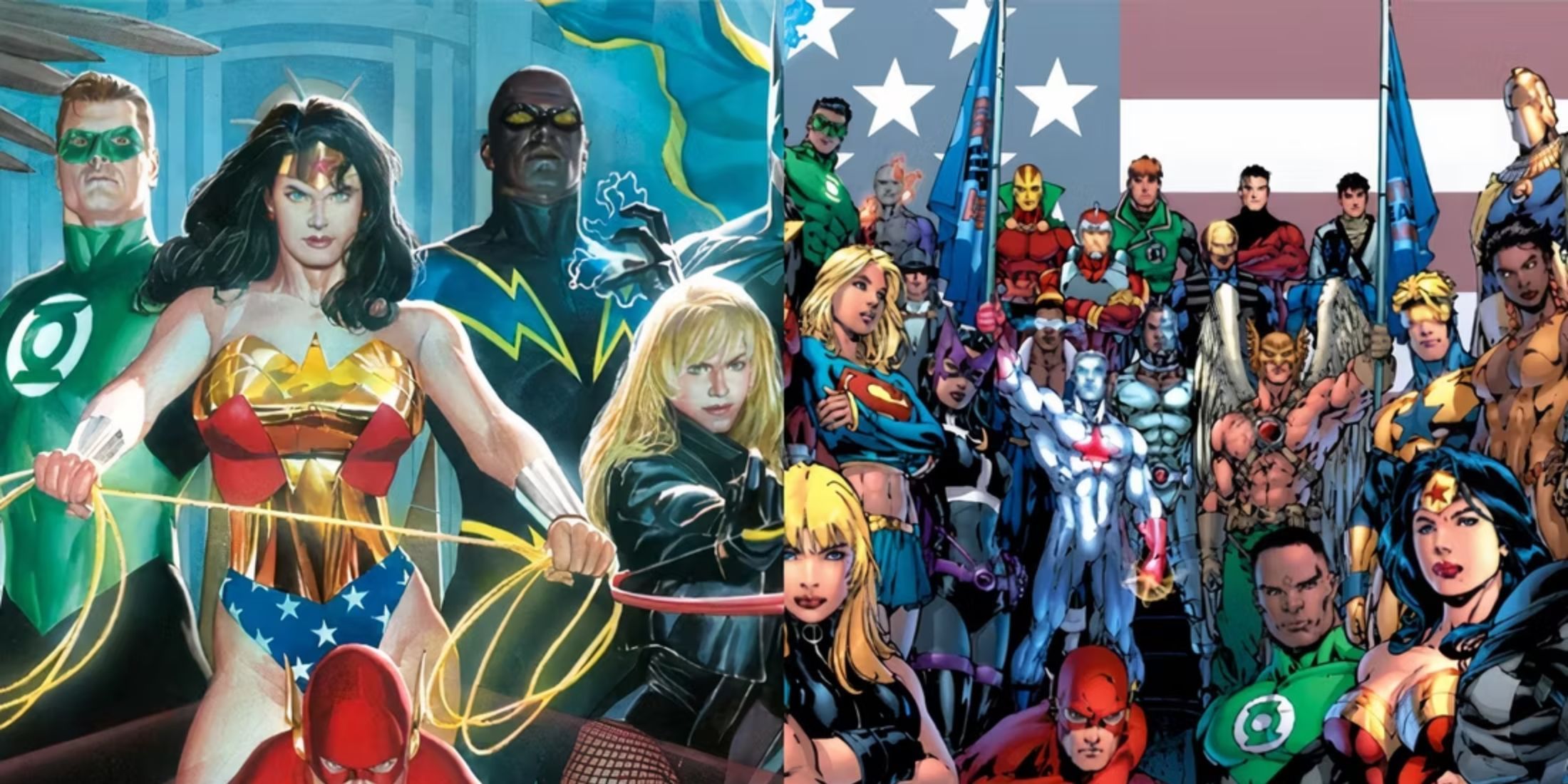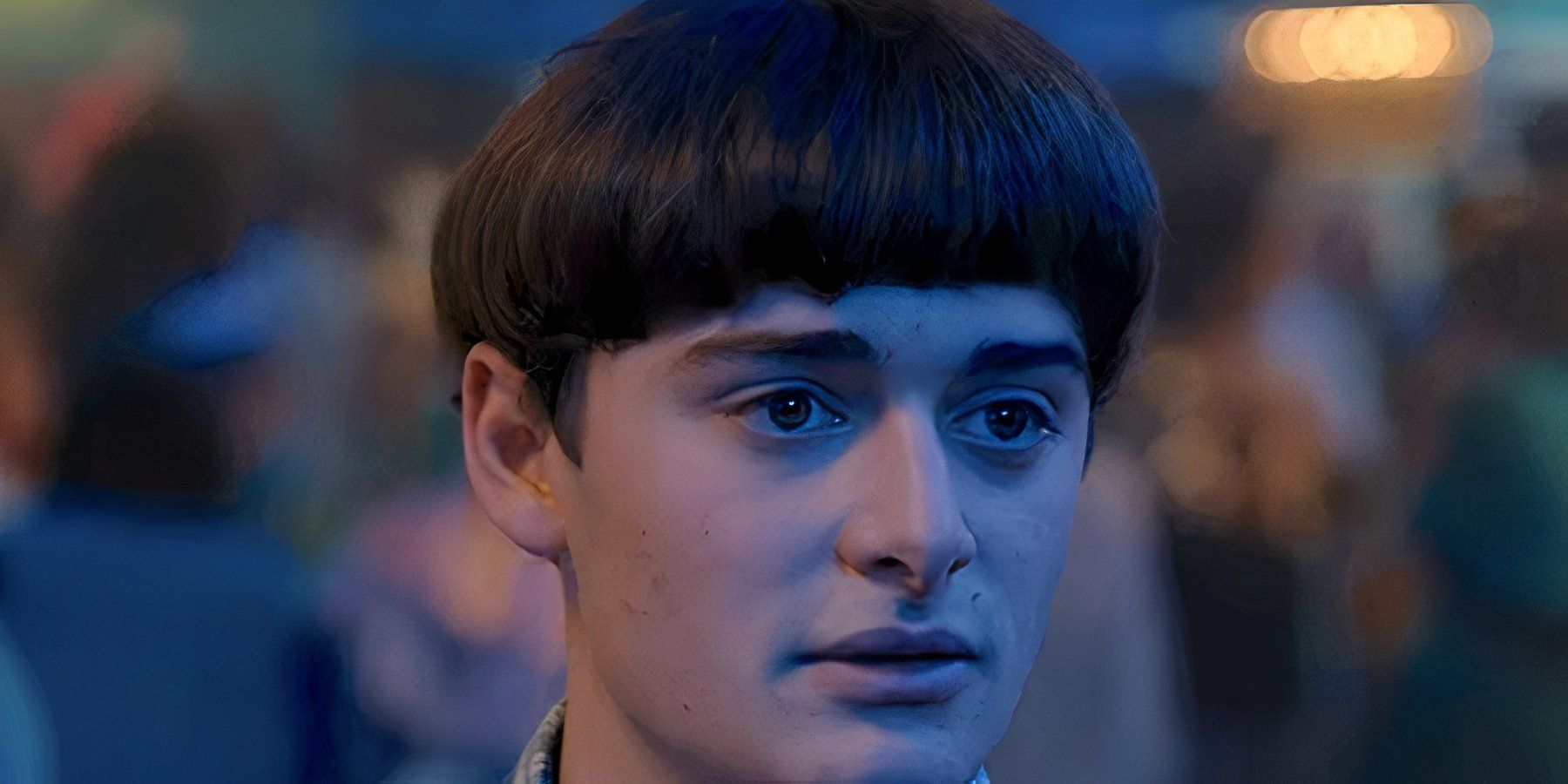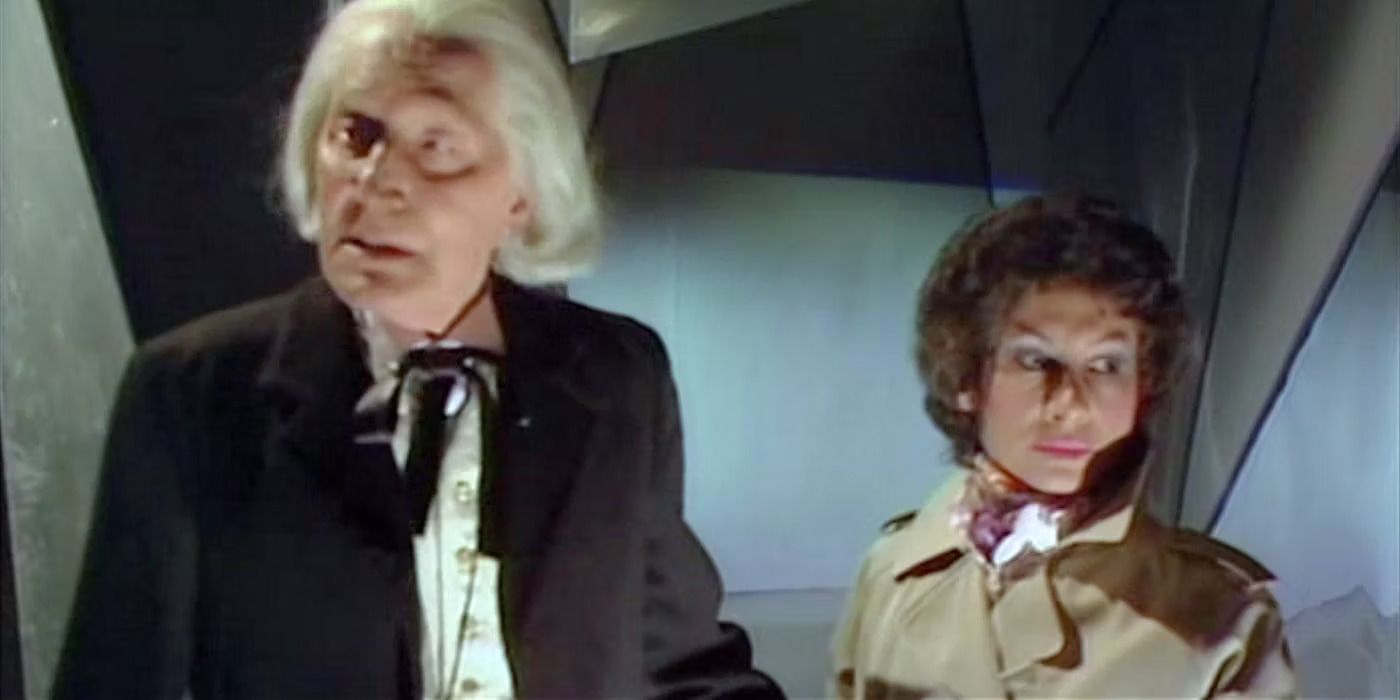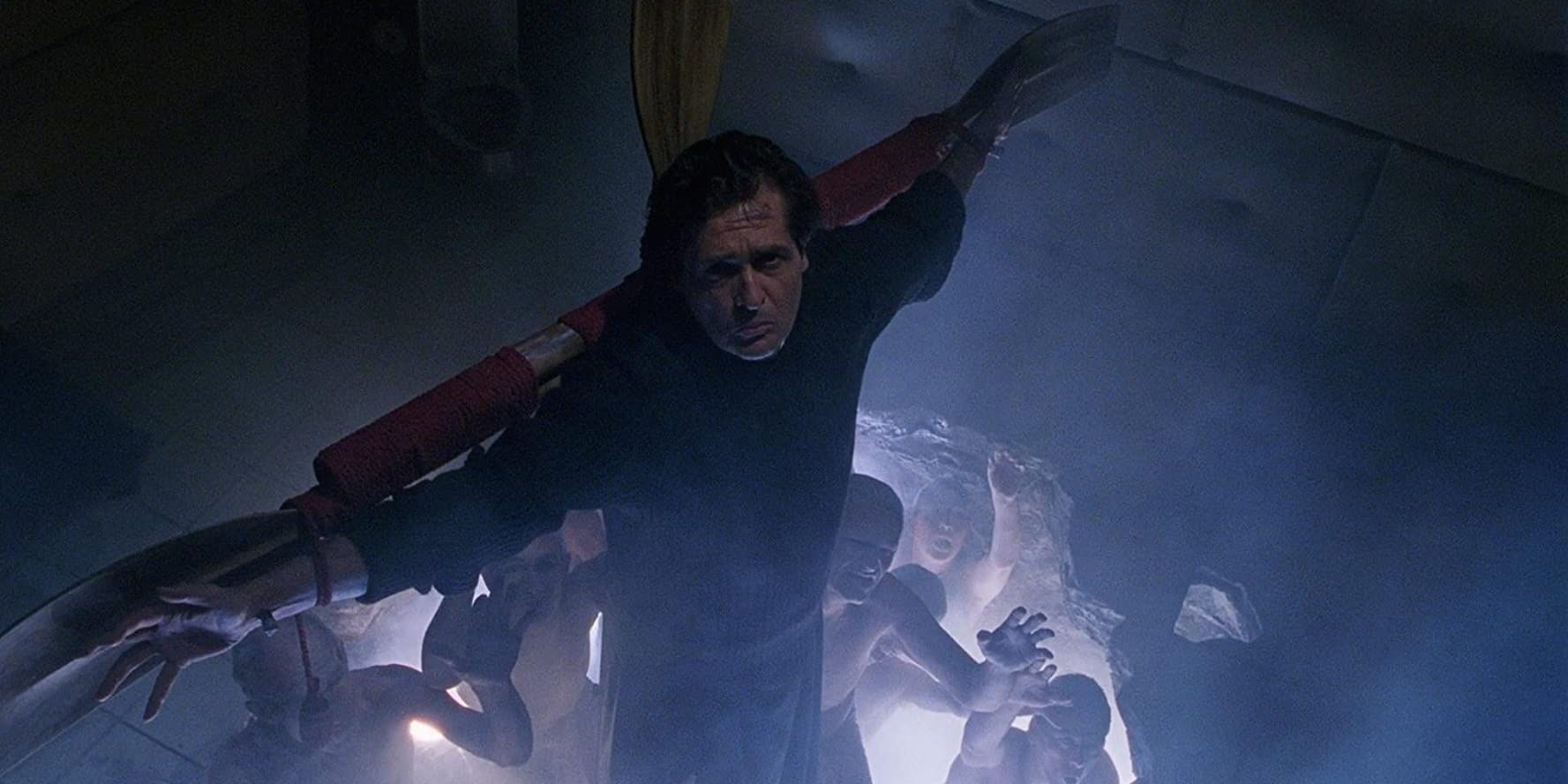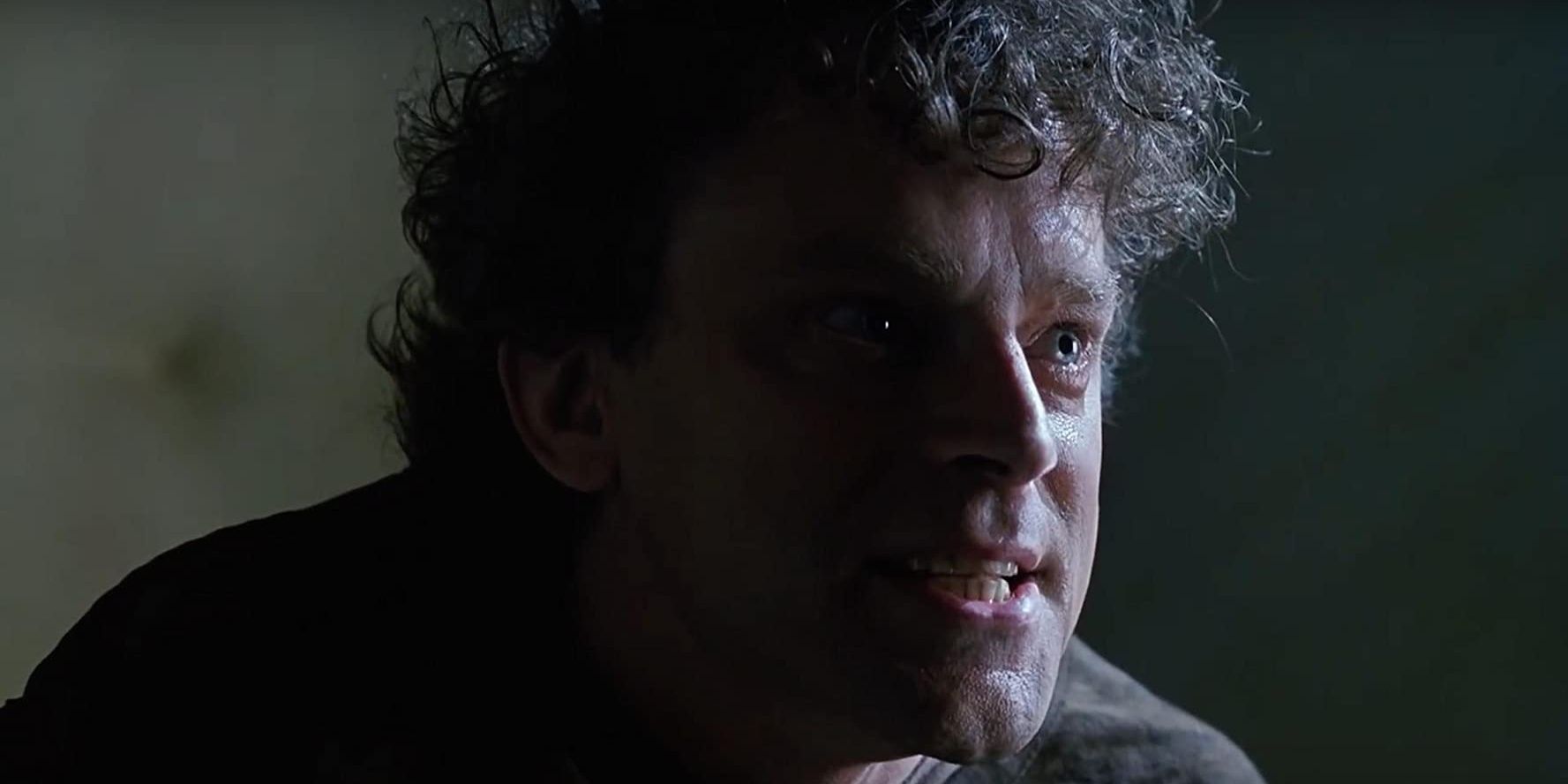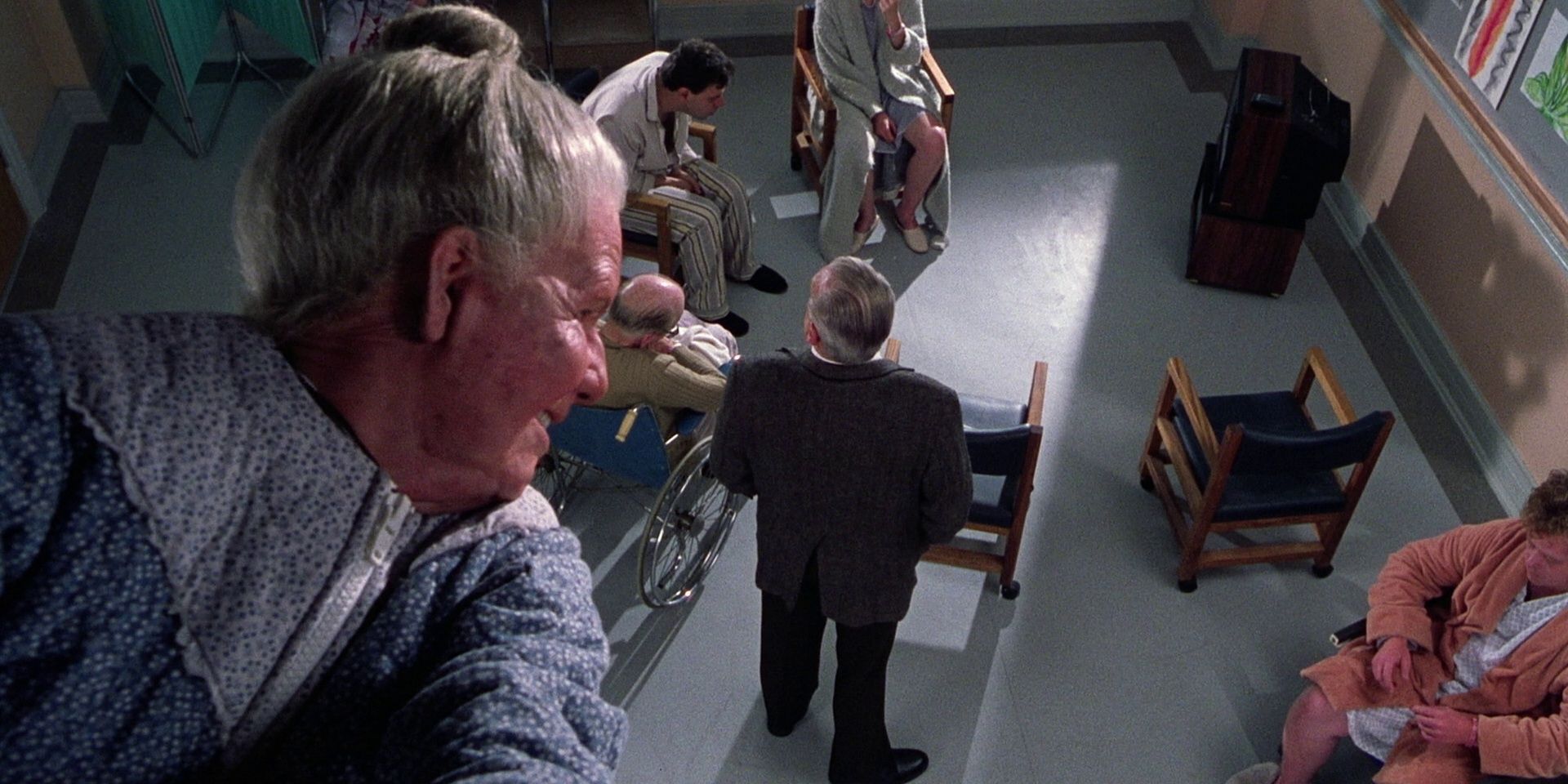In 1973, a film was released that changed horror forever and gave audiences everywhere a look at what terror on screen can be. Audiences lined around the block to see what had become a spectacle with reports that some people in the audience had gotten sick or even fainted while watching the film. But it hadn't just become a success with general audiences, critics also raved about the deeply disturbing and unsettling look at the damaged faith of humanity. That movie was The Exorcist.
William Friedkin had crafted a masterpiece in horror that blended the drama of one's faith being challenged and the disturbing body horror of which many haven't seen, creating one of the greatest films of all time. But it wasn't just Friedkin's work that made The Exorcist the revolutionary film it is. Comedy writer-director William Peter Blatty had crafted a novel that was deeply personal and challenging to himself, taking nine months to write the book which was much longer than the six weeks he stated he usually needed. Blatty wrote his novel from the influence of a news article he had read when a child was reportedly possessed by a demon. Blatty would later adapt his novel into the screenplay for the film that would go on to win Best Adapted Screenplay at that year's Oscars. He then would around a decade later, write a sequel to his Exorcist novel called Legion.
Blatty would later be asked to create an Exorcist sequel which he decided not to do, making the studio turn to William Goodhart and John Boorman to craft the critically slammed Exorcist 2: The Heretic. It was over a decade later and 17 years after The Exorcist's original release, that Blatty decided he would make his Exorcist sequel based on his novel, Legion. Blatty would this time both be writing and for the first time directing the film. Even though he wanted the film to be more like his book, which was more of a stand-alone story from the original novel and film, the studio mostly wanted a pure third Exorcist movie and less of a stand-alone film.
Chilling ties to the original
The Exorcist 3 isn't a sequel in the sense that most people think of it as a sequel. The film is very much of its own story and doesn't forbode itself with the expectations of the original film, the way Blatty intended. But the Exorcist 3 does have ties to the original film as it features two characters from the original film: Father Damian Karras and Lt. William Kinderman. It follows Kinderman's investigation into a series of murders that resemble a former serial killer's methods named the Gemini Killer-who highly resembles the Zodiac Killer. It is when Kinderman is investigating in a mental hospital when he comes upon someone who claims to be the Gemini Killer, only to be startled and shocked to see that he resembles Father Karras from the original film, this time being referred to as Patient X.
It is this conflict that is the heart of the film. It is painful to see the hero of the original film being used and abused for revenge by the Gemini Killer and Pazuzu, which is inferred as they never truly say it is officially Pazuzu. What makes the battle between Kinderman and Gemini so tense is the relationship that the Lt. and Karras had. It's Kinderman becoming enraged that Karras is being used by something so evil to do horrifying things to other innocent people that drives the emotional core of the film that had been cemented in the original. The film will occasionally lose Karras in the midst of having the Gemini on screen, but it sets for a major emotional payoff when Karras fights through and saves Kinderman in the climax of the film.
Demons, humanity, and faith
The original film was a masterclass in special effects work and body horror. Whether it was a little girl's head being wrenched 360 or vomit being shot at the audience, every scene was so believable because there was a large focus on effects. The Exorcist 3 doesn't dwell on effects very much, or scenes of immense violence at all. It really settles on the nuances of the terror and the parts not usually see on the screen. It doesn't rely only on physical ways of striking fear in the hearts of horror fans like the original did with its shock and awe effects.
It sits in silence at times, allowing the audience to breathe in the eerie winds of the horror that has passed, not directly showing the audience what has happened, but letting the mind wander. It will almost linger on those scenes showing the reactions of those in spectacle, letting ourselves go through our minds with what they could possibly be seeing. It's very subtle, but it makes sure when there are big moments like the 5-minute hospital hallway take ending in what is considered one of the greatest jumps scares of all time, it pays off.
That is what this film truly excels at, the payoff. The film pays off the possession of Damian Karras when he finally fights back against the Gemini Killer and saves Kinderman. The horror scenes payoff from the long and patient moments lingering on the horror that isn't seen by the audience. It pays off to finally see the Exorcist sequel that William Peter Blatty wanted, the person who revolutionized horror films forever. Fans of horror and especially The Exorcist need to do themselves a favor, watch this criminally underrated horror film.

